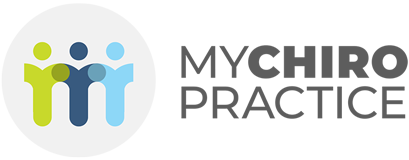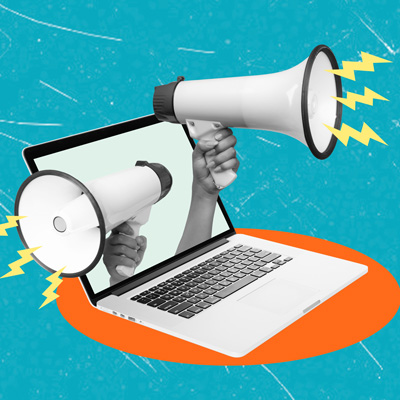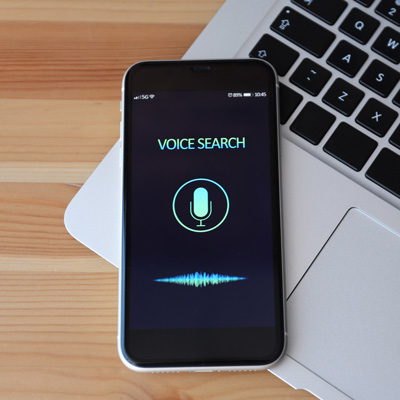How a Powerful Chiropractic Newsletter Transforms Patient Relationships
True patient care extends far beyond the adjustment table. After your patients walk out your door, how do you stay top-of-mind and continue to provide value between visits? This is where a well-crafted newsletter becomes an essential extension of your healing hands.
Many chiropractors understand that newsletters are important, but they often struggle with generating consistent content ideas or executing them effectively.
But here’s the truth: your chiropractic newsletter is one of the most powerful tools you have for patient education, relationship building, and practice growth.In this guide, we’re giving you a treasure trove of content ideas, practical tips, and a strategic framework to create newsletters that truly engage and convert.
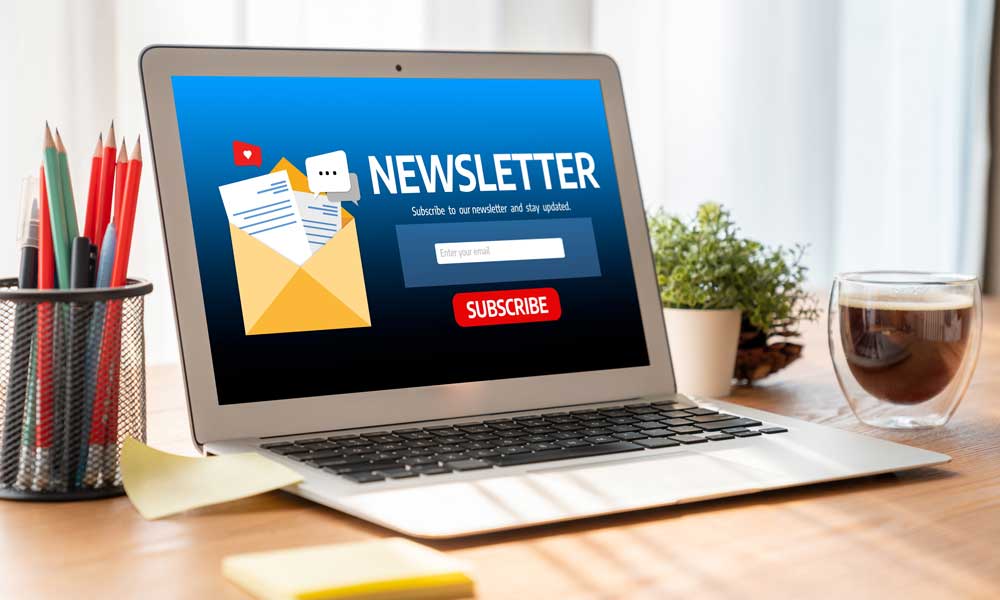
Why Every Chiropractic Practice Needs a Newsletter
Nurturing Patient Relationships
A consistent newsletter ensures your patients remember you, even between visits, reinforcing your role as their trusted health partner. Think about it – most patients only see you once a week, once a month, or sometimes even less frequently. That leaves a lot of time for them to forget the value you provide.
Your newsletter fills those gaps with helpful reminders, supportive information, and gentle nudges about the importance of maintaining their spinal health. Each time your name appears in their inbox, it strengthens your connection and builds upon the trust established in your treatment room.
Education & Empowerment
Think of your newsletter as a mini-health class delivered straight to your patients’ inboxes, helping them make informed choices about their wellbeing. When patients understand the “why” behind your recommendations, they’re far more likely to follow through on their care plans.
By providing educational content that clarifies complex health concepts in simple terms, you empower your patients to take an active role in their healing journey. This education doesn’t just improve outcomes – it positions you as a knowledgeable authority they can trust with their health.
Driving Reactivation & Referrals
A strategic newsletter provides gentle reminders for lapsed patients to return while offering shareable content that naturally encourages referrals.
Your newsletter can subtly remind inactive patients of the benefits they’re missing while giving your current patients valuable information they’ll want to share with friends and family who could benefit from your care.
Branding & Authority
Consistent, valuable communication positions your clinic as a leading expert and reliable source of health information in your community. In a crowded healthcare marketplace, establishing this kind of authority is invaluable. Your newsletter demonstrates your commitment to patient education and overall wellness, not just symptom treatment.
Anatomy of an Engaging Chiropractic Newsletter: Beyond Just Content
The Subject Line: Your First Impression
Your subject line determines whether your newsletter gets opened or sent straight to trash. To create compelling subject lines, focus on being benefit-driven, curiosity-inducing, and personal. Consider using emojis sparingly to draw attention.
Great examples include:
- “Ease Your Aches: 3 Stretches for Desk Workers”
- “Don’t Miss This! Your August Wellness Guide”
- “[First Name], Your Spine Will Thank You!”
Keep subject lines under 50 characters for optimal mobile viewing and avoid words that might trigger spam filters, like “free,” “guarantee,” or excessive punctuation.
The Body: Educate, Entertain, Engage
The main content of your newsletter should be concise, valuable, and easy to read. Remember that most people scan rather than read emails thoroughly, so your formatting is just as important as your content.
Use short paragraphs (2-3 sentences maximum), bullet points for lists, and bold key takeaways to make your information digestible at a glance. Break up text with subheadings and maintain plenty of white space to avoid overwhelming your readers.
A good rule of thumb: if it takes more than 5-7 minutes to read your entire newsletter, it’s probably too long.
Clear Call-to-Action (CTA): Guiding the Next Step
Every newsletter should include at least one clear call-to-action that guides readers on what to do next. Without a CTA, even the most informative newsletter becomes a dead end.
Effective examples include:
- “Schedule Your Next Adjustment” (linked to your online booking system)
- “Read Our Latest Blog Post” (with a compelling reason why they should)
- “Register for Our Free Workshop on Back Pain Prevention”
- “Follow Us on Instagram for Daily Wellness Tips”
Make your CTAs visually stand out with buttons or bold formatting, and limit yourself to one primary CTA per newsletter for maximum effectiveness.
Design & Readability
Your newsletter design should reflect your practice’s branding while prioritizing readability. Ensure mobile-friendliness (over 60% of emails are now read on mobile devices), consistent branding (logo, colors), clear fonts, and ample white space.
Strategic image integration enhances readability and engagement. Use high-quality photos of your team, clinic, or demonstrations of exercises. Diagrams explaining chiropractic concepts can also be extremely valuable for patient education.
What to Put in Your Chiropractic Newsletter
Educational Content That Empowers
Educational content forms the backbone of a successful chiropractic newsletter. Here are some proven ideas that patients love:
Health Tips:
- “5 Ways to Improve Posture While Working from Home”
- “Hydration for a Healthy Spine: How Much Water Do You Really Need?”
- “Sleep Positions That Prevent Morning Back Pain”
Myth vs. Fact:
- “Do Adjustments Really Hurt? Addressing Common Fears”
- “Chiropractic is Just for Back Pain — MYTH!”
- “Cracking Your Own Neck: Why It’s Not the Same as an Adjustment”
Explaining Conditions:
- “What is Sciatica and How Can Chiropractic Help?”
- “Understanding Degenerative Disc Disease: Causes, Symptoms, and Solutions”
- “Tech Neck: How Your Smartphone Affects Your Spine”
Seasonal Advice:
- “Back-to-School Backpack Safety for Your Children”
- “Gardening Without Pain: Protect Your Back This Spring”
- “Winter Wellness Tips: Preventing Slips and Falls”
Tutorials:
- “Quick Desk Stretches You Can Do Right Now”
- “Proper Lifting Technique: A Step-by-Step Guide”
- “How to Use Ice vs. Heat for Different Types of Pain”
Patient-Centric & Relatable Stories
Stories create emotional connections and make your newsletter more memorable than pure information alone.
Patient Testimonials: Quote a happy patient (with their permission), include their photo, and briefly tell their success story. For example: “After suffering from migraines for 15 years, Sarah found relief after just four adjustments. ‘I can finally play with my kids without fear of triggering a headache,’ she shares.”
“Meet the Team” Spotlight: Introduce a staff member each month, sharing their role, expertise, and a fun personal fact. This humanizes your practice and helps patients feel more connected to everyone on your team.
Patient FAQs: Answer common questions you hear in your clinic, such as “How often should I get adjusted?” or “Why do I sometimes feel sore after an adjustment?” This addresses concerns proactively and reduces the need for repeated explanations during appointments.
Clinic News & Community Engagement
Keep your patients in the loop about what’s happening at your practice and in your community.
Special Offers/Promotions: Announce new patient specials, seasonal discounts, or referral programs. A limited-time offer creates urgency and can motivate inactive patients to return.
New Services: Share exciting announcements about new therapies, equipment, or practitioners joining your team. Explain the benefits these additions bring to patient care.
Community Involvement: Highlight your clinic’s participation in local events, charity work, or sponsorships. This demonstrates your commitment to the community beyond just business.
Workshop/Event Invitations: Promote upcoming health talks, wellness seminars, or special events at your practice. Include all relevant details and make registration simple.
Social Media Highlights: Feature your most popular social media posts, run a mini-contest, or encourage patients to follow you online for daily wellness tips.
Personal Message from the Doctor: Include a brief, genuine note connecting current events or seasons to health and wellness. This personal touch reminds patients there’s a real human being who cares about their wellbeing.
Best Practices for Maximizing Newsletter Impact
Consistency is Key
Establish a regular sending schedule and stick to it. Whether you choose weekly, bi-weekly, or monthly communication, consistency builds anticipation and trust. An irregular newsletter that appears randomly in patients’ inboxes doesn’t contribute to a sense of reliability.
Create an editorial calendar to plan your content in advance, making it easier to maintain consistency even during busy periods. Many successful chiropractors set aside a specific time each month to draft their newsletters.
Visual Appeal Matters
Use high-resolution images, brand colors, and a clean layout to create visually engaging newsletters. Ensure all images are optimized for email (typically under 1MB) to prevent slow loading times.
Maintain a consistent template from issue to issue so patients instantly recognize your communication. This visual consistency reinforces your brand and makes your newsletter feel professional and polished.
Personalization & Segmentation
Most email marketing platforms allow you to personalize subject lines and content with patient names and other details. This simple touch significantly increases open rates and engagement.
Consider segmenting your email list to send more targeted content to different groups:
- New patients might need more educational content about chiropractic basics
- Long-term patients might appreciate more advanced wellness information
- Patients with specific conditions could receive specialized content relevant to their needs
Encourage Interaction
Make your newsletter a two-way conversation by asking questions, inviting replies, or encouraging social media engagement. For example, end a newsletter with “What’s your biggest challenge when it comes to maintaining good posture? Reply to this email and let us know!”
Consider occasionally including polls or surveys to gather patient feedback and make them feel involved in shaping your practice’s future.
A/B Testing
Experiment with different subject lines, CTAs, or content formats to see what resonates best with your audience. Most email platforms allow easy A/B testing where you can send two variations to a sample of your list and then automatically send the winning version to the remainder.
Test one element at a time (like subject line length or button color) to clearly identify what influences your results.
Transform Your Practice, One Email at a Time
A well-crafted chiropractic newsletter does far more than fill inboxes – it builds trust, educates patients, drives practice growth, and extends your care beyond the walls of your clinic. It’s one of the most cost-effective marketing tools available to modern chiropractic practices.
Remember, your newsletter isn’t just an email; it’s a powerful extension of your care, ensuring your patients live healthier, happier lives – even when they’re not on your adjustment table.
MyChiropractic – We are here to help chiropractors grow. Contact us today to schedule a free consultation!
